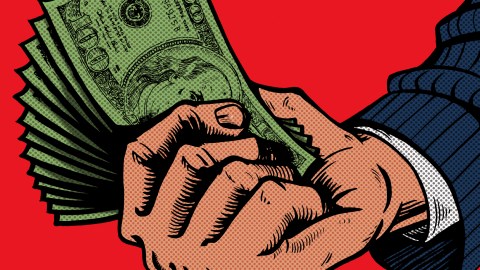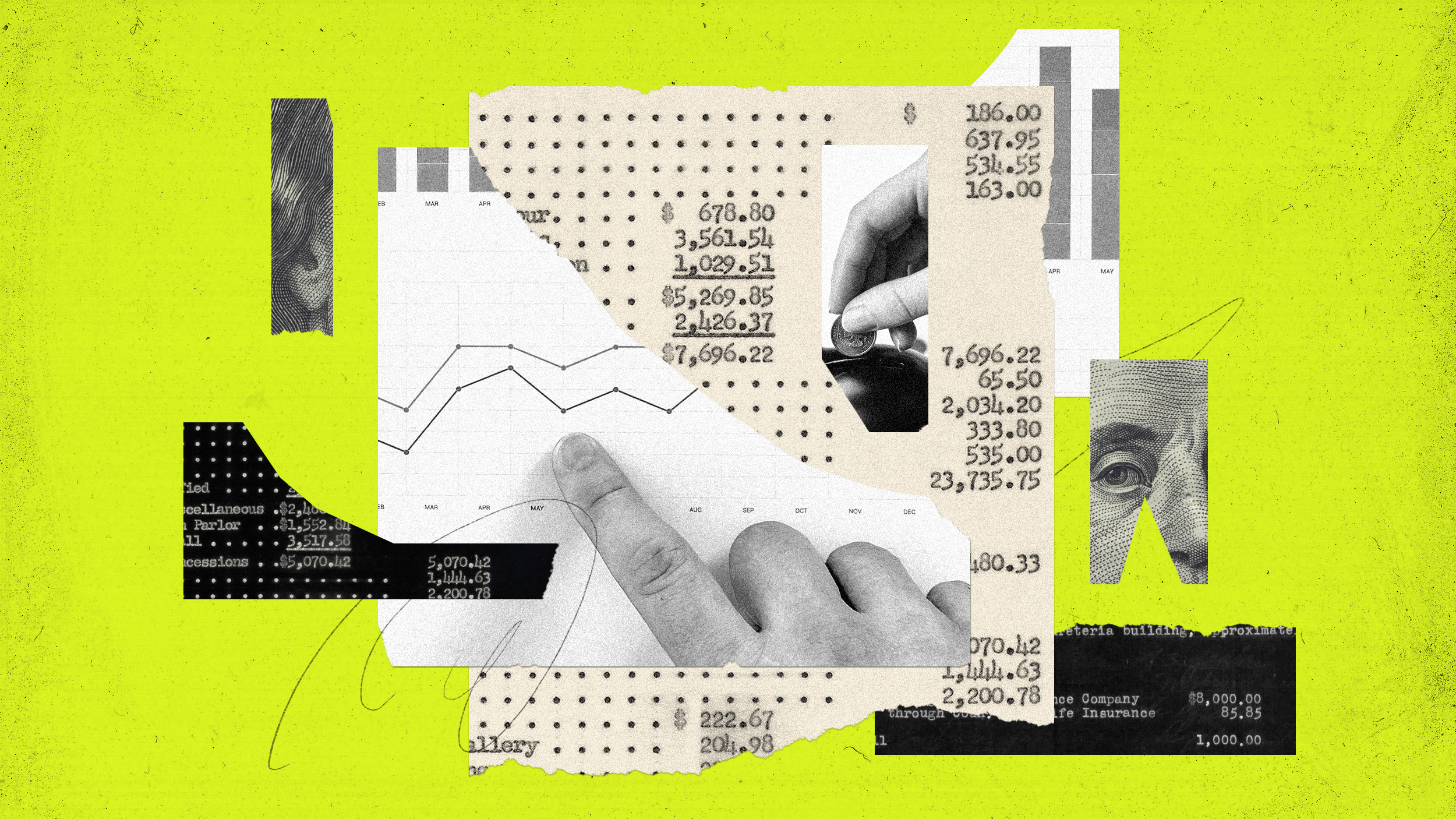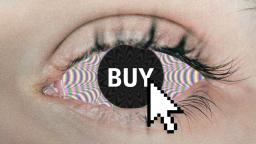Should you be for-profit or nonprofit? Why not both?

Over the past fifteen years, I’ve had the opportunity to provide strategy for well over a hundred social change start-ups seeking to make the world a better place. The most common question they ask, “Should we be a for-profit or a nonprofit.”
My answer, “Why not consider both?” Let’s review the advantages and disadvantages.

Human hands holding polygonal heart. Love, peace and donation concept. Charity event. Vector illustration for non-profit organisation
The nonprofit option
The nonprofit option is the most popular choice with over $410 billion given to 1.5 million nonprofits last year alone. Nonprofit leaders report back to me four primary advantages to this legal structure:
- “My donors get a tax deduction.”
- “Foundations prefer giving to nonprofit entities.”
- “Nonprofits have a good brand in our culture.”
- “We don’t have to pay taxes!”
They also cite three major disadvantages:
- “I feel like I’m in constant fundraising mode—I’m chasing donors not solving problems.”
- “Instead of seeing our impact, donors scrutinize my salary and overhead costs.”
- “No matter how much sweat equity I put into my work, I have no financial gain to show for it.”
Red helium balloon carrying money bag with US dollar sign, over white surface, on green background, with drop shadow
Impact investing for for-profit social ventures
The rise of impact investing into for-profit social ventures makes this is a powerful alternative to the nonprofit model. The Global Impact Investing Network reported that “225 investors, including pension funds, invested $35.5 billion across 11,136 impact investment deals in 2017. That is up 58% from $22.1 billion across 7,951 deals in 2016.” That $35 billion is getting pretty close to the $66.90 billion donated by charitable foundations in 2017.
Nonprofit leaders are also looking toward for profit earned income as part of their future as well. A recent Bridgespan Group survey of US nonprofits’ executives reported they “believe earned income would play an important role in bolstering their organizations’ revenue in the future.” According to Echoing Green, a nonprofit with a 25-year record of supporting early-stage social entrepreneurs, the proportion of their applicant pool proposing for-profit and hybrid organizations has grown to nearly 50 percent, compared to 15 percent in 2006.
For-profit social ventures name three primary advantages to choosing this model.
- “I no longer feel like I’m begging donors year in and year out.”
- “There’s untapped capital out there without sufficient social ventures to invest in.”
- “We put in our own sweat equity and as owners, I might get a great long term financial return for my work.”
Social ventures also described to me three disadvantages.
- “I don’t know how to find impact investors.”
- “We aren’t able to get funding from foundations or other traditional donors.”
- “It’s hard to measure and report out both impact measurement and return on investment to investors.”
Hybrid models that include both for-profit and nonprofit entities can maximize the advantages of each model, while minimizing the disadvantages. These hybrids come in many shapes and sizes.

A Town Stages production space
townstages.com
A Case Study: Town Stages
A good examples of a hybrid model was reported in Forbes magazine by Carey Purcell. In the article titled, “How a ‘Robin Hood’ Business Model Supports an Artistic Clubhouse in Tribeca,” she tells the story of Town Stages LLC a “female-driven cultural institution and event venue owned by a nonprofit Sokoloff Arts.” The founder Robin Sokoloff wanted to provide spaces to work and live for artists like herself to survive ever-rising NYC rent. Town Stages, with space rentals for weddings, bar mitzvahs, and business events, subsidizes Sokoloff Art fellows.
Artists can rent the space at the rate they can afford, and the revenue is used to subsidize other emerging artists. Not only does she provide spaces for artists, but her organization is also focused on the advancement of young women, minorities, and LGBTQ voices. Town Stages has become a home for underrepresented voices in the community and was able to expand its impact thanks to the success of her first artistic hub. Since 2012, they allowed 70,000 people to create almost 900 different works of art.
Social Venture hybrids have some profound advantages, especially when it comes to fundraising and equity. In particular, they allow the social venture to say “yes” to both impact investors and traditional foundations. They allow social entrepreneur teams to be owners and get a financial reward for the unpaid time they invest in the cause.
“Guard Rails” required
Hybrids also have the disadvantage of requiring more well thought out accounting “guard rails” to make sure the organization operates legally — nonprofit money must always serves the public interest, not someone’s private interest. Arron M. Fox CPA at the Senior Tax Manager, at Raffa, Marcum’s Nonprofit and Social Sector Group describes one way to create a hybrid model called a for-profit subsidiary in his piece “Considerations When Creating a For-Profit Subsidiary.”
Rich Tafel is the Director of Raffa Social Capital Advisors – Marcum’s Nonprofit and Social Sector Group
Marcum LLP. [email protected]





